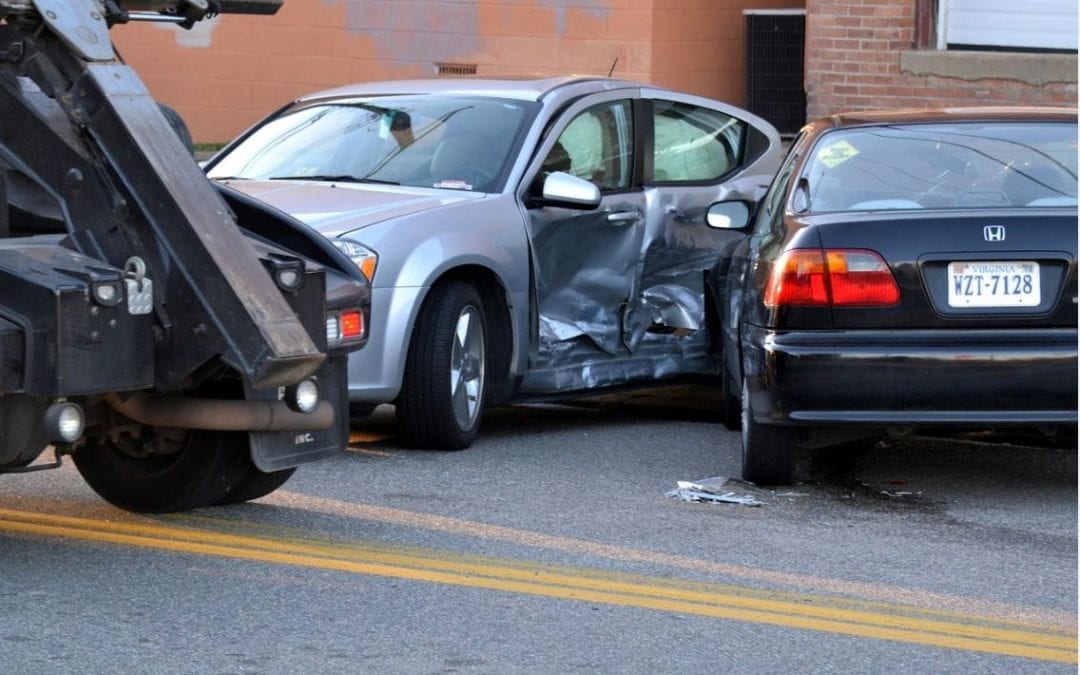Teens are more likely than any other driver to have a fatal car accident. In 2011, there were approximately 2,650 teen fatalities due to car accidents reported in the United States. This is three times the rate found in drivers over 20. Male teens are at greater risk; they are twice as likely to get into traffic accidents as their female counterparts.
Causes for Teen Car Accidents
There are several reasons for this – the first being inexperience. A fifteen-year-old who has just gotten his or her learner’s permit is naturally less experienced than an individual who has been driving for several years. Teens are less able to recognize dangerous situations and more likely to underestimate the dangers involved. Other factors include:
• Reckless behavior. Teenagers are more likely to behave recklessly. They often leave less room between vehicles than older drivers, are more likely to speed, and are less likely to wear seatbelts. These actions, combined with inexperience, mean accidents are more likely to have fatal consequences.
• Distraction. Teens often drive with their friends in the car, text or answer their cell phones while driving, get distracted with personal grooming tasks, or even just switching the radio station. All of these activities take the driver’s concentration off of the road and may result in a fatal accident. Male teens in particular are influenced by the presence of friends and drive more recklessly than they do if they are alone in the vehicle.
• Intoxication. Teens that have been drinking underage at a party or with friends may get behind the wheel. The use of alcohol increases the chance of risky behaviors and decreases the driver’s ability to recognize dangerous situations – for any driver, at any age.
What can be done about these tendencies? Parental intervention is key to all solutions.
Safeguarding Teen Drivers
Driver inexperience can be handled by supervised driving practice in a range of situations. Exposure to different conditions and education on the dangers of a certain behavior increases the ability of the teen to recognize situations, and instruction and practice teaches him or her how to handle them safely. The teen should also be reminded to look for potential hazards constantly, reducing the chances of non-recognition. Nighttime driving is of particular concern, which should only be permitted after the teen has been licensed and after appropriate instruction.
To reduce distractions, put a strict limit on the number of passengers that can be in the car when your child is driving. Have the teen turn his or her cell phone off in the car, and do not allow other distracting activities like playing with the radio or brushing hair. Lead by example, and do not perform these activities yourself.
Limiting the number of teens in the car can reduce some of the reckless driving behavior. The rest can be handled by reminding the teen to follow the speed limit and account for road conditions as you have trained him or her to do. Also, remind him or her to maintain the appropriate following distance in case the vehicle ahead makes a sudden stop. Practice good driving habits and model them for your teen, such as always wearing your seatbelt.
Drunk driving should be handled through enforcement of an agreement not to drink and drive and through a good example. Like many of these other activities, modeling good driving habits can be more persuasive than any lecture.
If you are in a car accident and need legal representation, contact car accident injury attorney Robert D. Erney today.


